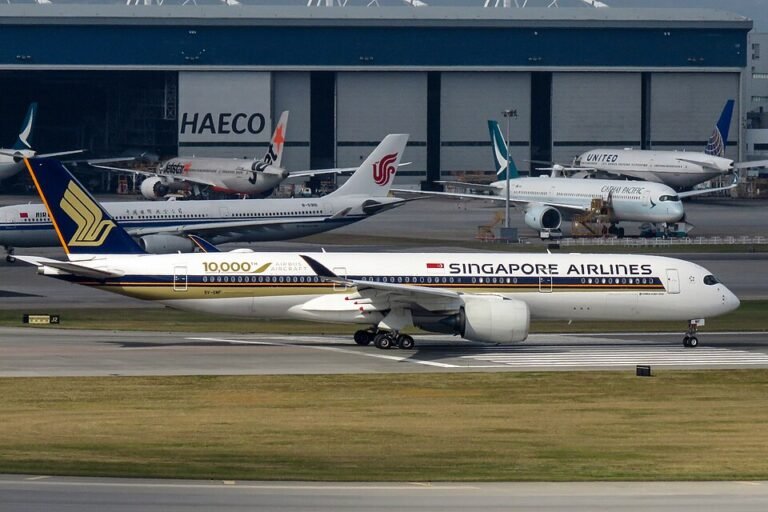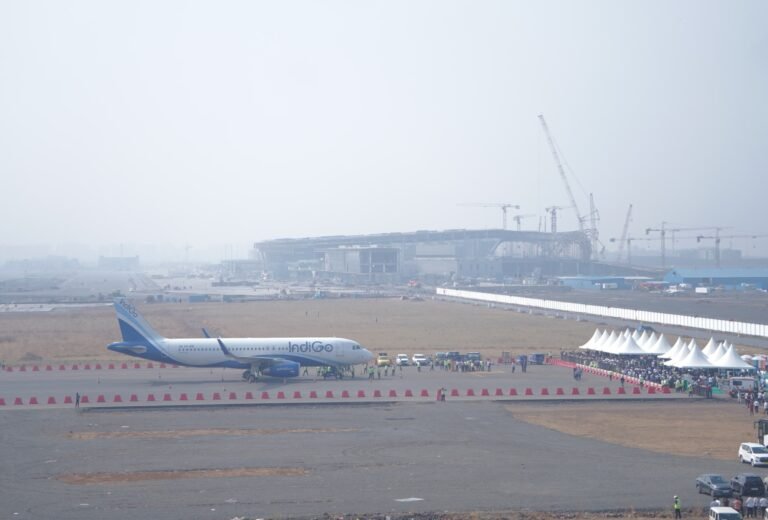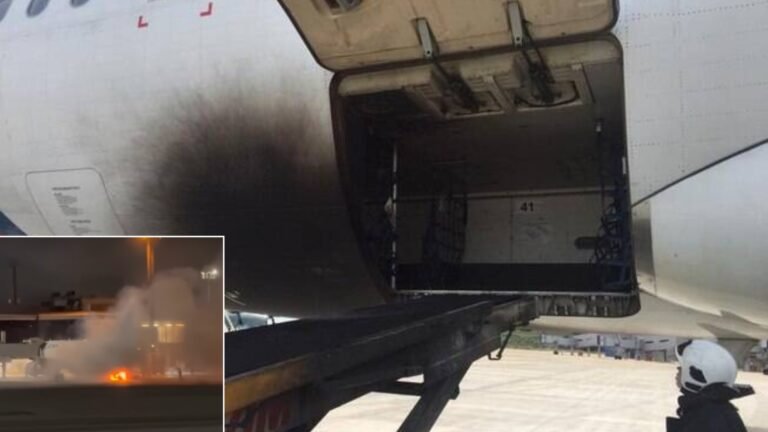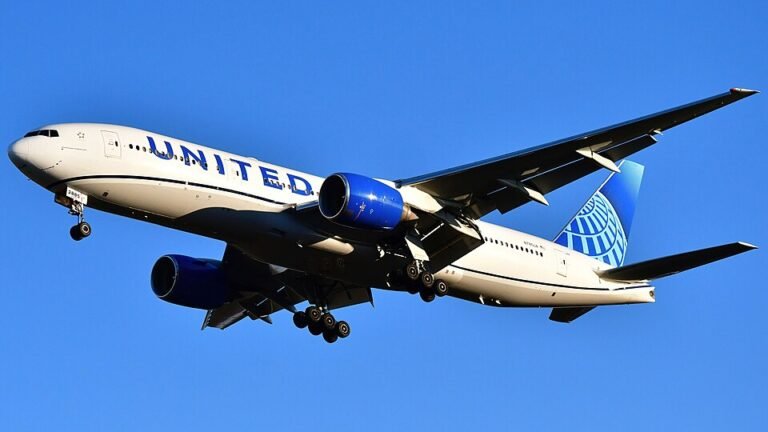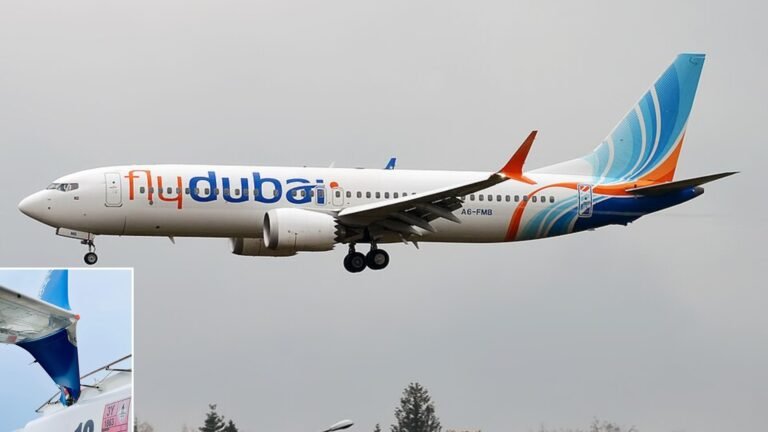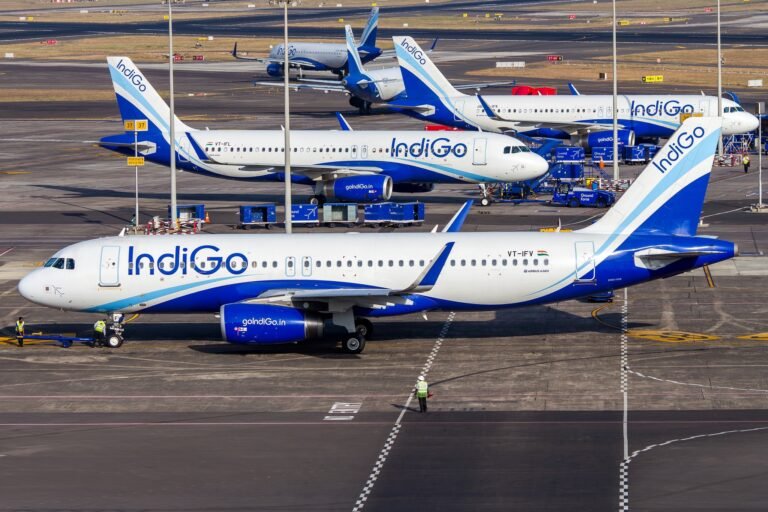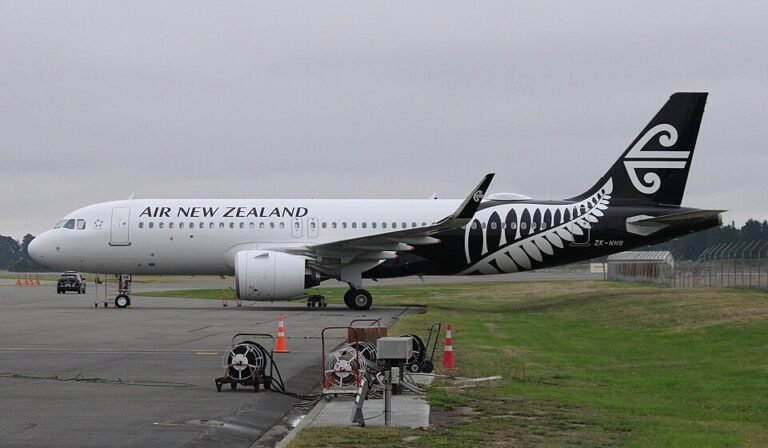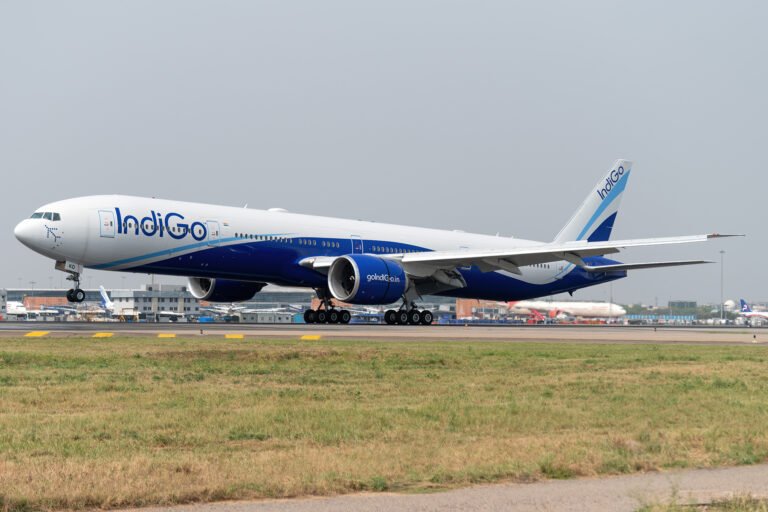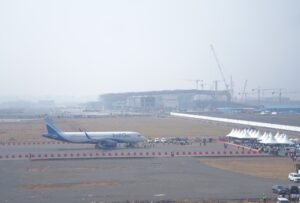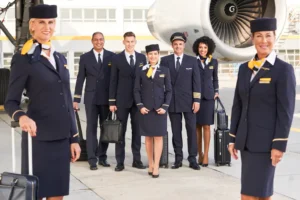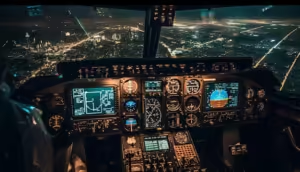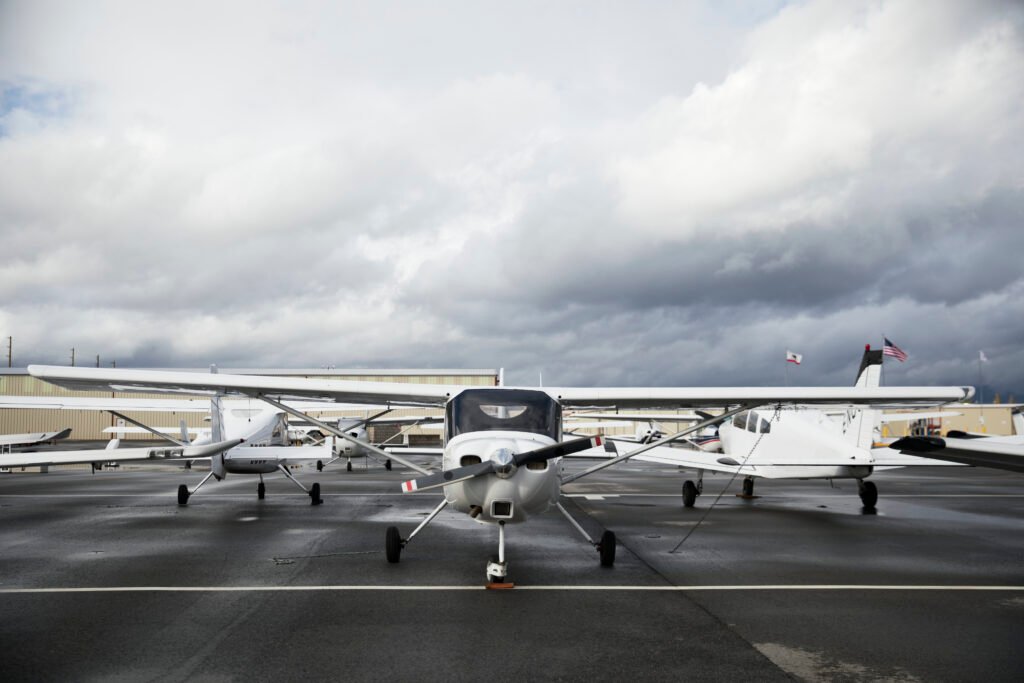
New Delhi, India: The Directorate General of Civil Aviation (DGCA) has unveiled a formal ranking framework for all DGCA-approved Flying Training Organisations (FTOs), which will come into effect from 1 October 2025. The new system, published in a public notice on 30 September, will be released bi-annually, with the next edition scheduled for 1 April 2026. Designed around a points-based evaluation, the framework measures FTOs on five core parameters: performance, operational strength, safety, compliance, and student support.
Rankings Of Flying Training Organizations:
No Flying Training Organisations (FTOs) achieved the top-tier A+ or A rankings in the inaugural DGCA evaluation, highlighting a significant gap in high-performing flight schools.
| No. | Category B |
|---|---|
| 1 | Chimes Aviation Academy |
| 2 | SVKM’s NMIMS Academy of Aviation Shirpur |
| 3 | Bihar Flying Club |
| 4 | Orient Flights Aviation Academy |
| 5 | Skynex Aero Pvt. Ltd. |
| 6 | FSTC Flying School Pvt. Ltd. |
| 7 | Patiala Aviation Club |
| 8 | Haryana Institute of Civil Aviation |
| 9 | Jet Serve Aviation Pvt. Ltd. |
| 10 | Nagpur Flying Club |
| 11 | National Flying Training Institute |
| 12 | Banasthali Vidyapith Gliding and Flying Club |
| 13 | Rajiv Gandhi Academy for Aviation Technology |
| No. | Category C |
|---|---|
| 14 | Dunes Aviation Academy |
| 15 | Garg Aviations Ltd. |
| 16 | The Bombay Flying Club |
| 17 | Chetak Aviation |
| 18 | Ekvi Air Training Organisation Pvt. Ltd. |
| 19 | Academy of Carver Aviation Pvt. Ltd. |
| 20 | Ambitions Flying Club Pvt. Ltd. |
| 21 | Flytech Aviation Academy |
| 22 | Indian Flying Academy |
| 23 | Sha-Shib Flying Academy |
| 24 | Government Aviation Training Institute |
| 25 | Indira Gandhi Rashtriya Uran Akademi (IGRUA) |
| 26 | Redbird Flight Training Academy |
| 27 | Telangana State Aviation Academy |
| 28 | Alchemist Aviation Private Limited |
| 29 | Falcon Aviation Academy |
| 30 | Wings Aviation Pvt. Ltd. |
| 31 | Asia Pacific Flight Training Academy Limited |
| 32 | The Gujarat Flying Club |
| 33 | The Madhya Pradesh Flying Club Ltd. |
| 34 | Pioneer Flying Academy Pvt. Ltd. |
| 35 | Blue Ray Aviation Pvt. Ltd. |
The inaugural ranking covers the period from 1 September 2024 to 31 August 2025 and applies to all FTOs that had completed at least 18 months of approval by the cut-off date. Even training institutes that faced temporary suspensions during this period have been included. The grading system is divided into four categories: A+ (85% and above), A (70%–84%), B (50%–69%), and C (below 50%). Those in Category C will be issued notices by the regulator, requiring them to conduct self-assessment and take corrective measures.
Majority of Flight Schools in Category C Raises Concerns
The inaugural results reveal a concerning scenario: no FTO achieved an A+ or A grade, while the majority of flight schools were placed in Category C. Only a few institutions managed to secure Category B. The DGCA’s inaugural FTO rankings have raised serious concerns for the future of pilot training in India.
With most flying schools underperforming and the majority falling into Category C, the country risks producing pilots who may not be fully prepared for next-generation aircraft, eVTOLs, and advanced aviation technologies. Low scores in safety, operational efficiency, and compliance further raise the possibility of heightened risks in training operations, potentially affecting commercial aviation standards in the future. As India’s aviation sector expands rapidly, failing to improve FTO performance could lead to a significant pilot shortfall, challenging both domestic and international airline growth.
DGCA Introduced FTO Ranking System
Earlier in March, the Directorate General of Civil Aviation (DGCA) announced its plan to introduce a ranking system for Flying Training Organisations (FTOs) in India. The proposed framework aims to evaluate flight schools based on multiple performance metrics, including the average time students take to obtain a Commercial Pilot License (CPL). This move comes amid rapid growth in India’s aviation sector, which has heightened demand for skilled pilots.
Later in July 2025, following its March announcement, the DGCA moved forward with implementing the FTO ranking system that will be effective from 1st October 2025 and will evaluate FTOs on infrastructure, safety, operational performance, and student support, categorizing them into A++, A+, A, or B grades. FTOs in Category B will be required to undertake self-assessment and improvement measures. The move also follows concerns over flight training accidents this year, stressing on the need for stricter oversight and safety standards.
Key Metrics Behind India’s FTO Ranking System
DGCA explained that the scoring is distributed across key pillars: 20% for FTO performance, 40% for operational aspects, 20% for safety standards, 10% for compliance, and 10% for student assistance. Performance indicators include the average time for trainees to complete 175 flying hours, aircraft utilization, and course completion rates. Operational strength focuses on student-to-aircraft and student-to-instructor ratios, fleet capacity, maintenance resources, and availability of simulators and ground training. Safety remains a critical factor, with accidents or serious incidents resulting in zero marks for that parameter. Non-reporting of incidents will invite a penalty of five marks for each unreported case.
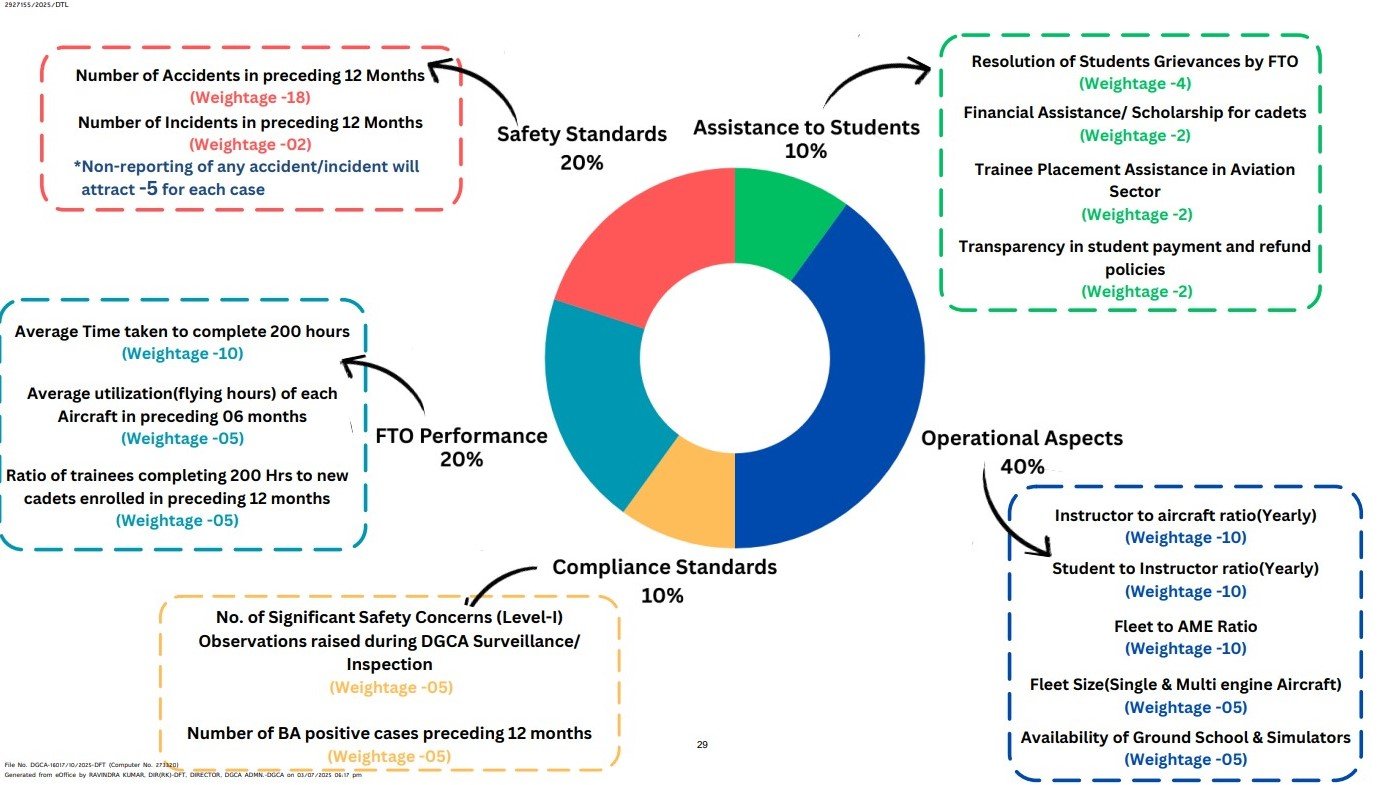
The framework also incorporates compliance monitoring and student welfare. Institutions are expected to maintain transparent grievance redressal systems, offer financial or placement support, and ensure clarity in fee structures and refunds. By formalizing this ranking system, DGCA aims to drive accountability, strengthen safety culture, and raise training standards in India’s pilot pipeline.
DGCA Ranking Phase Excludes Certain Flight Schools
Exclusions from the current phase includes Avyanna Aviation Academy, Vision Flying Training Institute, Aviation Connectivity Infrastructure Developers Pvt. Ltd. and Jharkhand Flying Institute these were not ranked as it had not completed 18 months of approval as on 31 August 2025 and Government Flying Training School, the approval not valid as on 31 August 2025.
The launch of the ranking framework marks the first structured performance assessment of flying schools in India. By giving significant weight to safety and transparency, DGCA aims to instill stronger accountability and improve the overall quality of pilot training. Category C institutions, which represent a majority in this inaugural list, will come under immediate regulatory scrutiny and are expected to demonstrate corrective action before the next cycle of rankings in April 2026.

